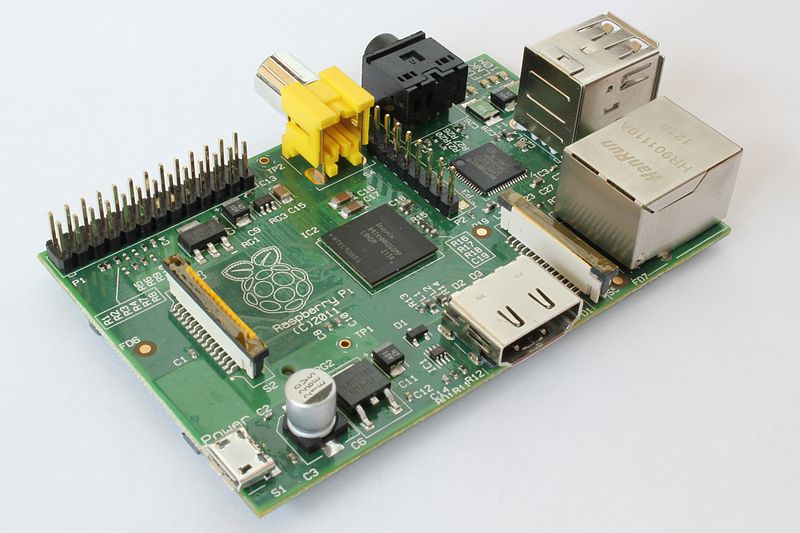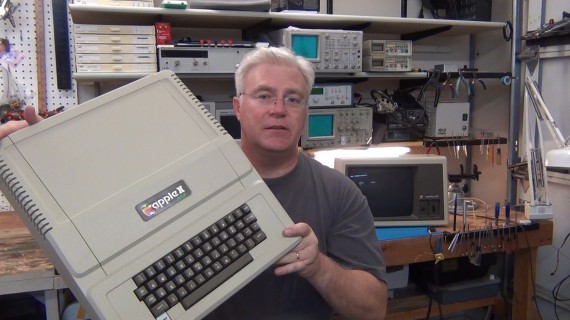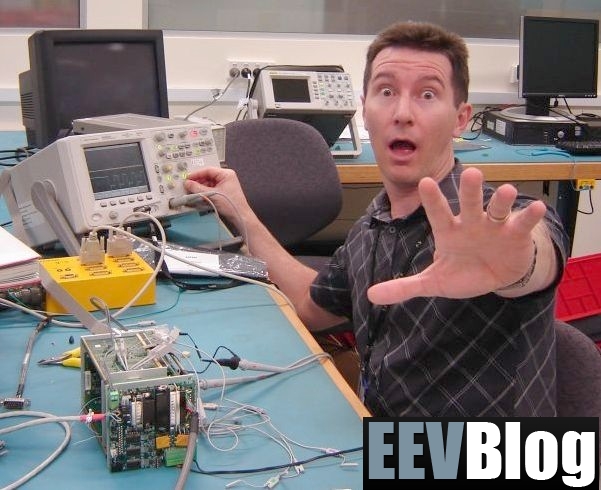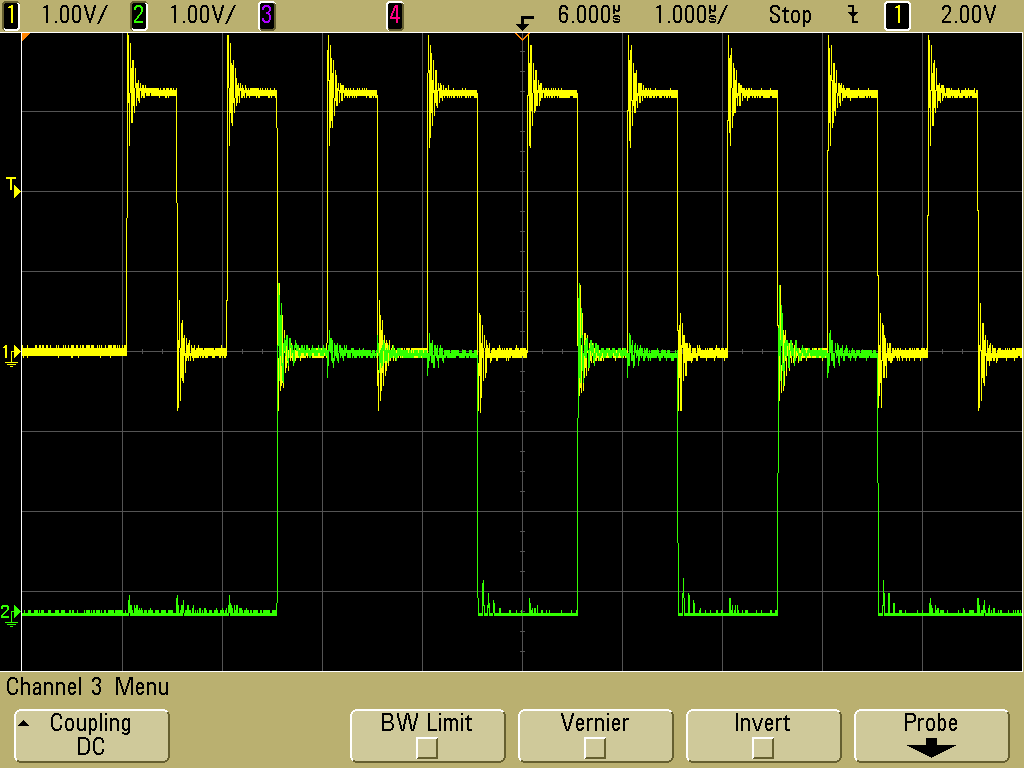There’s a reason you don’t see spam comments on this blog. It is moderated for all comments, that’s why.
I do notice after each new post is made, a flurry of irrelevant comments appear in the cue awaiting moderation. Invariably some sort of spam (automated) attempts at link farming to boost some other site’s backlink array, blah blah blah.
After a recent very sparse post, 2 such comments appeared in the cue and the backlink address in one of them caught my eye (gscraper.com) so I decided to investigate…
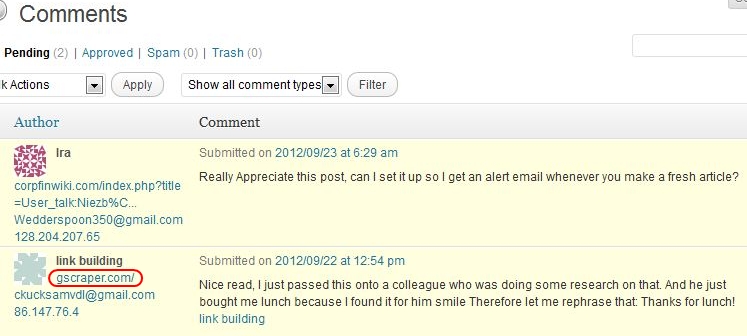
As you can see in the image above, the backlink in one of these comments is gscraper.com. A search on Google brings up a number of links to the domain but I didn’t bite right away since I was skeptical that what appears to be the perpetrator’s resource holds an unbiased answer. Next, I searched on “what is gscraper”. Behold one of the top returns was a youtube video promoting a fairly new application called gscraper.
The video is quite revealing. While the promoter is clearly touting the capabilities of the application to the target audience (Blackhat SEO users), it also has the effect of revealing the current state of their dubious craft to everyone else as well.
Basically the program is used to automate several tasks:
• harvest hundreds of thousands of URLs of blogs with new and recent posts
• spam them all with a generic comment that includes a backlink
• search the list to reveal the comments that got through unhindered
• harvest all of the active posts from the shorter list of open blog URLs
• spam the new filtered list for maximum spam density
Woah! Welcome to the world of “Blackhat SEO”. Sorry pal, oops you’ve scraped the wrong blog.
No doubt, this post will quickly get spammed. Advice to anyone who has a blog out there… “Batten down the hatches”!

